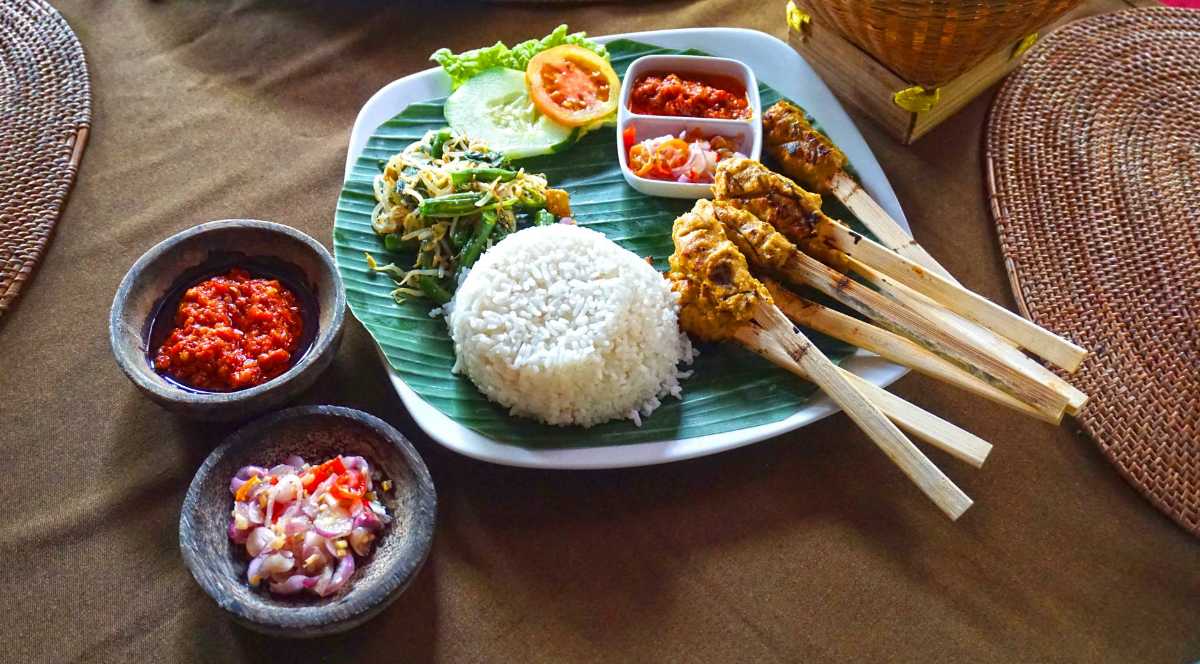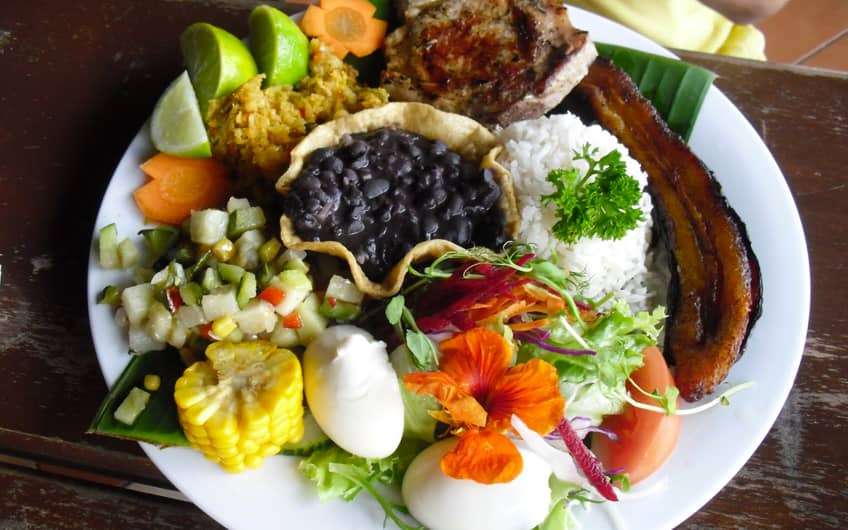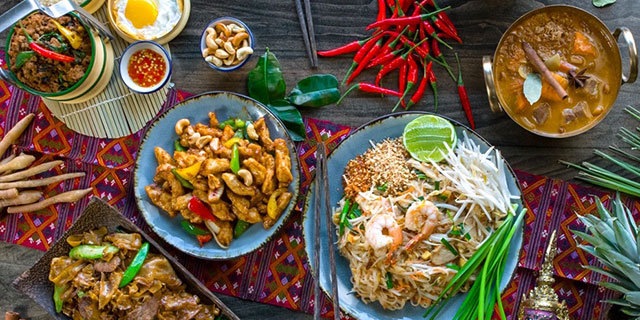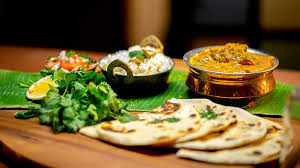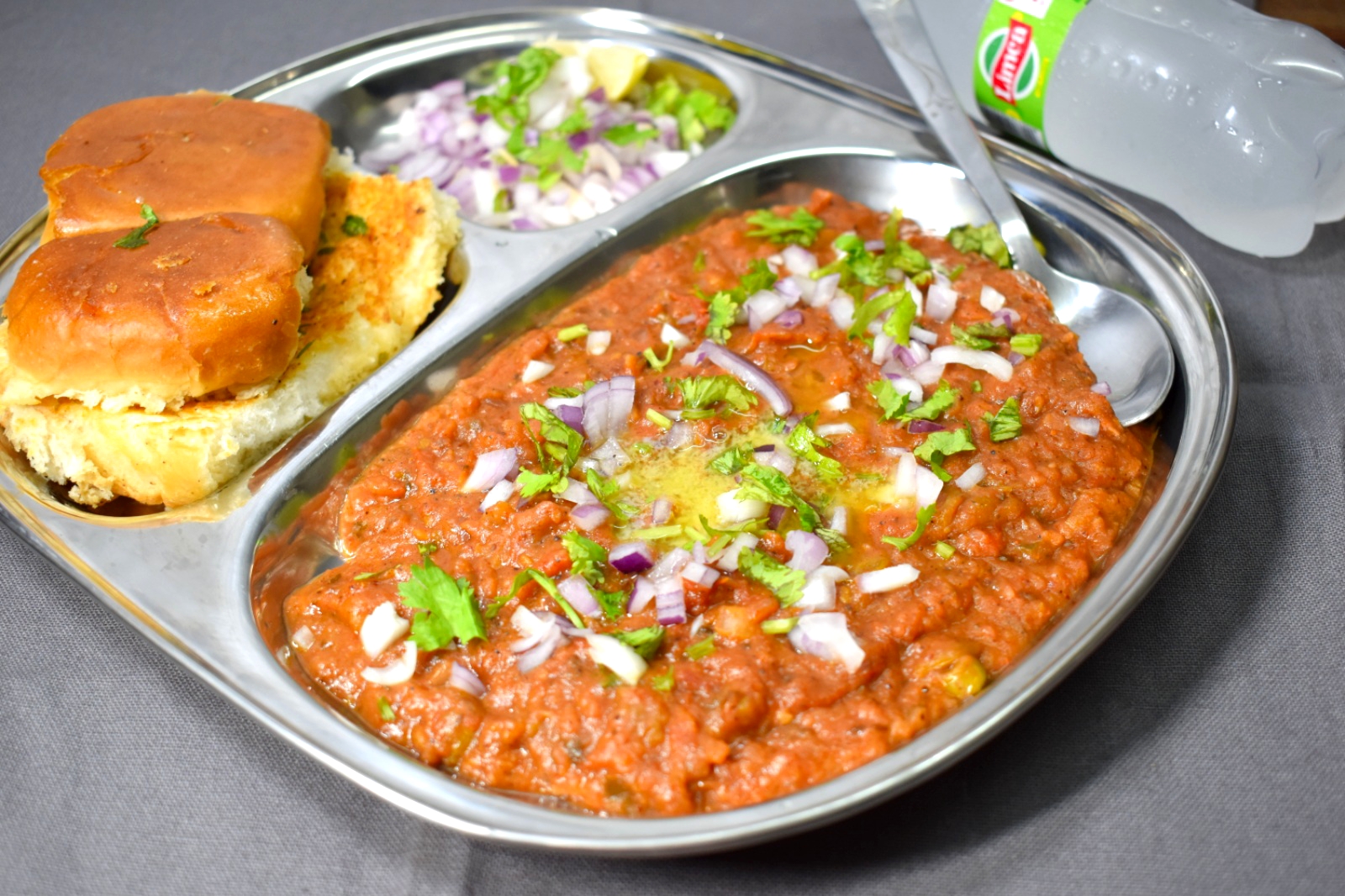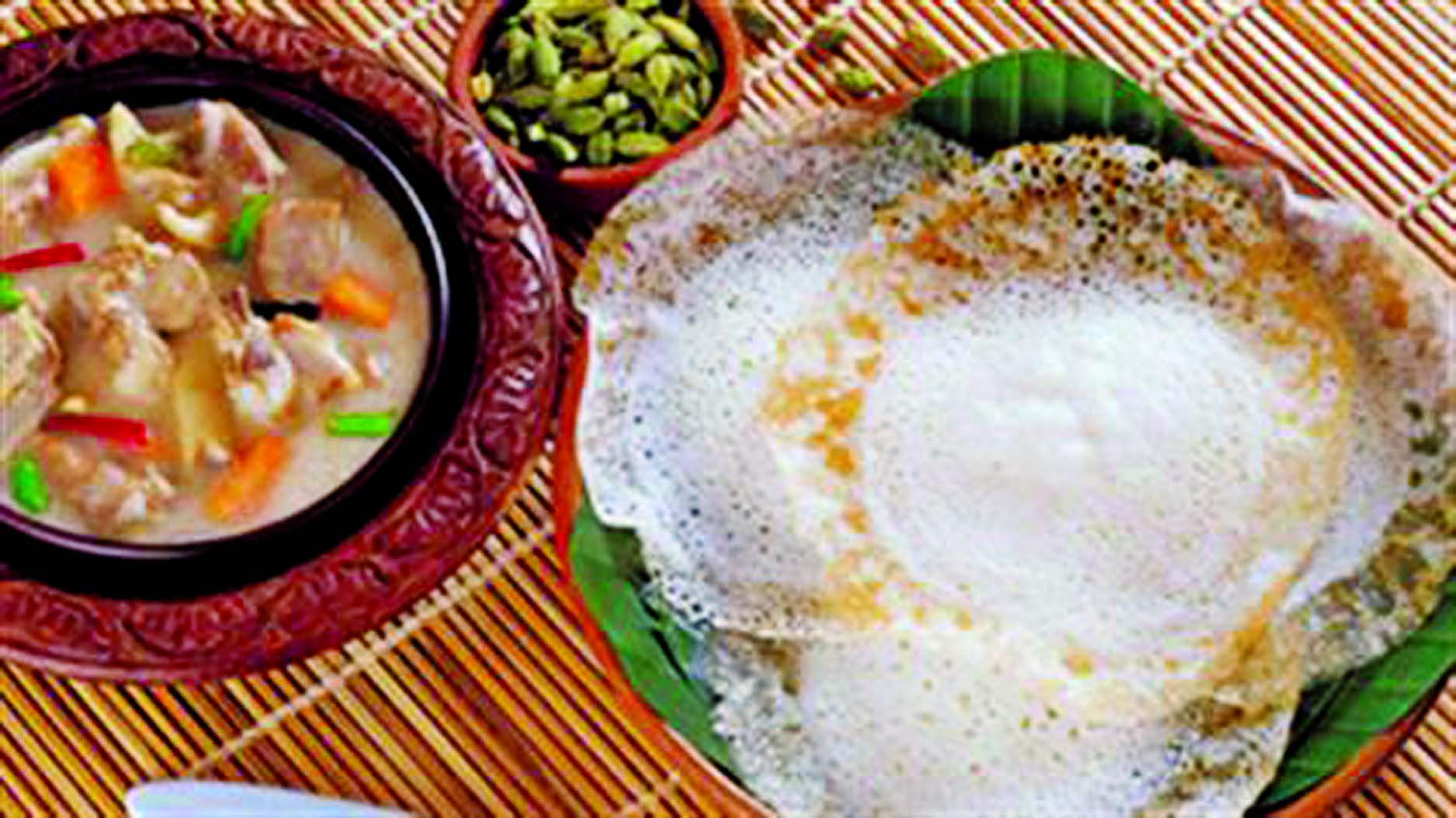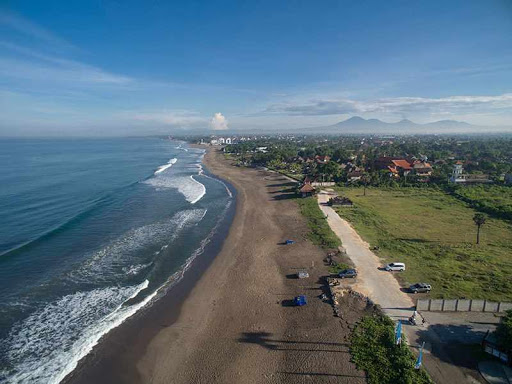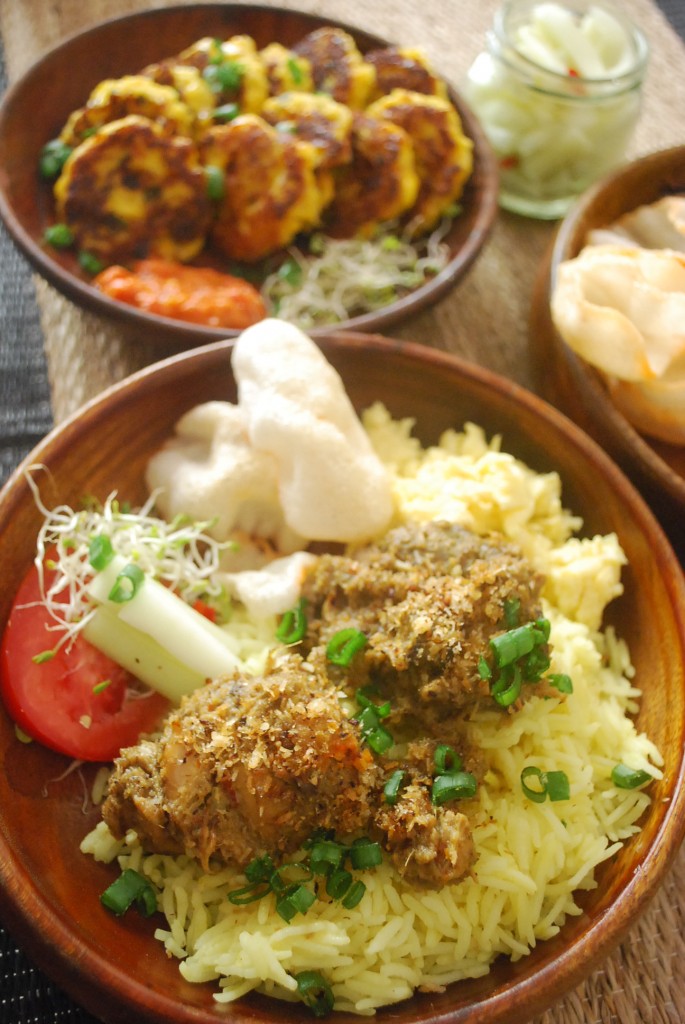
It is no surprise that the food in Indonesia is diverse like its geography. Food in Indonesia has been influenced over centuries by China, Europe and India. European traders were drawn to Indonesia in search of expensive native spices such as nutmeg and cloves. Portuguese introduced peanuts during their colonization; Indians brought curries, the Arab traders and scholars introduced Islam, kebabs and spices and the Chinese contributed noodles and soybeans.
Rice is a staple food and is usually eaten plain, combined with meat, vegetables, sambal and complimented with some fried peanuts or anchovies. Rice is predominately the staple diet, except in Irian Jaya and Maluku where people opt for sago – a type of tapioca/cassava and sweet potatoes.
In Indonesia, it is a common practice to cook much ahead of time and eaten at room temperature. This suits the work culture of Indonesia who may not have a set meal-time. It is also a common practice in some public gatherings or restaurants.
Indonesia food is well known for nasi goreng (fried rice), satay, chili condiment or sambal, beef rendang or roasted or fried soya bean cakes. Most Indonesian dishes are moderately spicy with hint of ginger, garlic and turmeric. Sambal – a spicy condiment may be an exception when it comes to spice, which is served in small bowls to spice your dish according to your taste. Some sambal is made from fermented fish or shrimp. Their main meals are served with kerupuk – prawn crackers and telur – fried egg.
Here is a list of some of the must have dishes:
Nasi Goreng – A tasty version of Indonesian fried rice. This popular low-cost dish is eaten by the locals either for dinner or sometimes breakfast. Much different than the Chinese fried rice, orange coloured nasi goreng contains a light blend of chilli and other spices.
Lack of refrigeration in Indonesia means that rice is often prepared in bulk, and then kept in large tubs; frying the rice prevents from spoiling.
Nasi goreng is also known as the national dish. In Indonesia, food is often prepared early in the day, covered at room temperature and served also served at the same temperature. Street stalls may serve serve the rice plain and in some restaurants it is garnished with a variety depending on the price. Typically nasi goreng at restaurants is served with slices of cucumber, tomato and prawn crackers.
Nasi goreng variety – Special (served with fried egg), Ayam (served with a piece of fried chicken), Ikan Bilis (served with fried anchovies), Udang (served with prawns) and Cumi-Cumi (served with squid).
Satay – It is the most common dish seen on the streets of Indonesia, grilled meat skewered over glowing charcoal. Made from beef, chicken goat or pork, satay can serve as a quick snack or as a main. Satay is usually served with peanut sauce or sambal.
Gado-Gado – a great choice for vegetarians. It literally means “hodgepodge”. It is one of the best known dishes of Indonesia, a vegetable salad coated with a classic peanut sauce which is same as the satay sauce.
A combination of boiled egg, bean sprouts, spinach, rice, tofu and cucumber are some of the ingredients added to this interesting salad. Jarkarta swears in making the best salad in the country.
Rendang – is a special dish originated from Minangkabau, ethnic group of Indonesia. It is a celebration food served during ceremonial occasions and to honour guests. Traditionally beef pieces are slowed cooked in coconut milk and spices and cooked until all the spices are absorbed by the meat. Chicken rendang is also available. Rendang is served with steamed rice, accompanied with some rice cakes and a vegetable side dish. You also get dried rendang, which is dark brown in colour and can be stored at room temperature for three to four weeks.
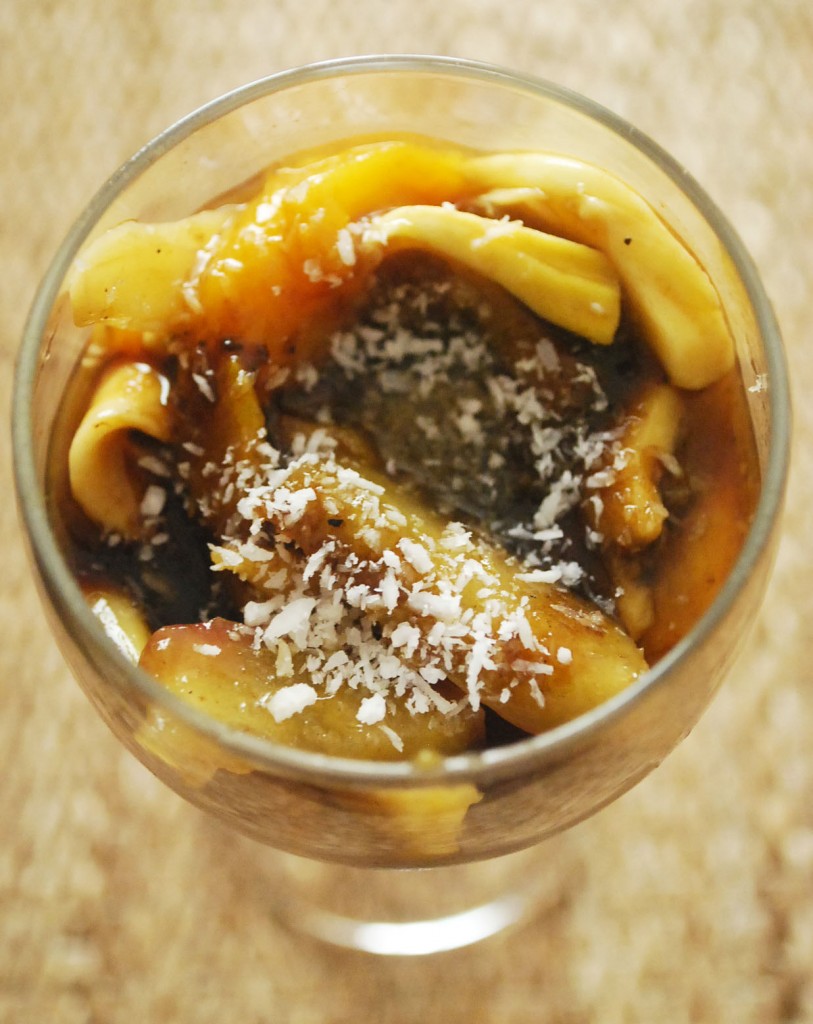
Precautions:
- Peanut oil is commonly used in Indonesia.
- Eggs are basis of many dishes.
- Anjing (dog) is served in some places – which appear as small, fatty pieces of meat.
- Street food is cheap but opt for someone who has been around long enough or food is cooked in front of you.
Indonesia has a wide variety of drinks and desserts. Rice, coconut or coconut milk and fruits predominately are some of the common ingredients. The list is endless when it comes to desserts, some of the popular desserts are: Klepon (sweet rice balls), Es kelpa Jeruk (coconut ice with orange syrup), Es duren (Durian ice-cream), Klappertaart (coconut cale), Es rumput Laut (sweet seaweed ice) and so on….
You can take back home some foodie gifts like coffee, spices, prawn crackers or you could also try taking a bottle of arak (a potent drink made from fermented rice, fruit or sugarcane).
To get more information & assistance, please submit the form below and our specialist will get in touch with you at the earliest.

